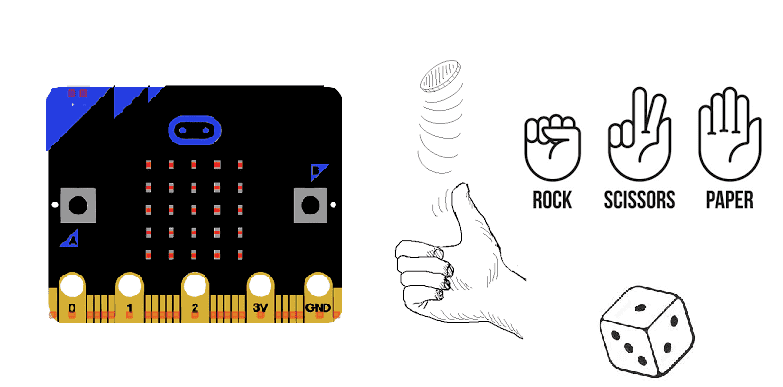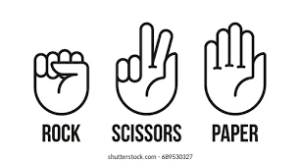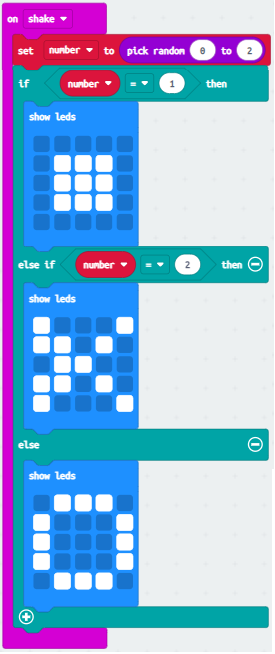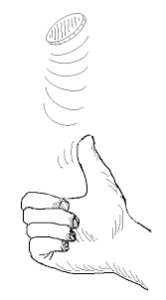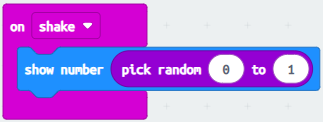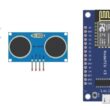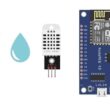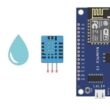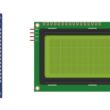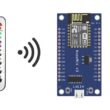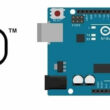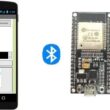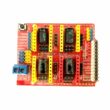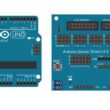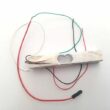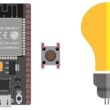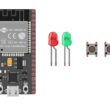Introduction
Micro:bit is a small programmable computer that can be used to create a variety of games and interactive experiences. MakeCode is an online platform that provides a simple and intuitive way to program Micro:bit.
Here are some game ideas you can create with Micro:bit and MakeCode:
- Reaction game: Create a game where players have to press a button as soon as they see a specific image or hear a sound. Use the Micro:bit's built-in accelerometer to detect when the board is shaken and use that as a trigger.
- Maze game: Create a game where players have to navigate through a maze using the Micro:bit's buttons or accelerometer. Use the LED matrix to display the maze and the player's position.
- Simon says game: Create a game where the Micro:bit plays a sequence of colors or sounds and the player has to repeat it back. Use the LED matrix and the Micro:bit's speaker to display the sequence and provide feedback.
- Pong game: Create a simple version of the classic Pong game where players use the Micro:bit's buttons to move paddles and bounce a ball back and forth.
- Whack-a-mole game: Create a game where players have to hit a button as soon as an image of a mole appears on the LED matrix. Use the Micro:bit's accelerometer to detect hits and keep score.
